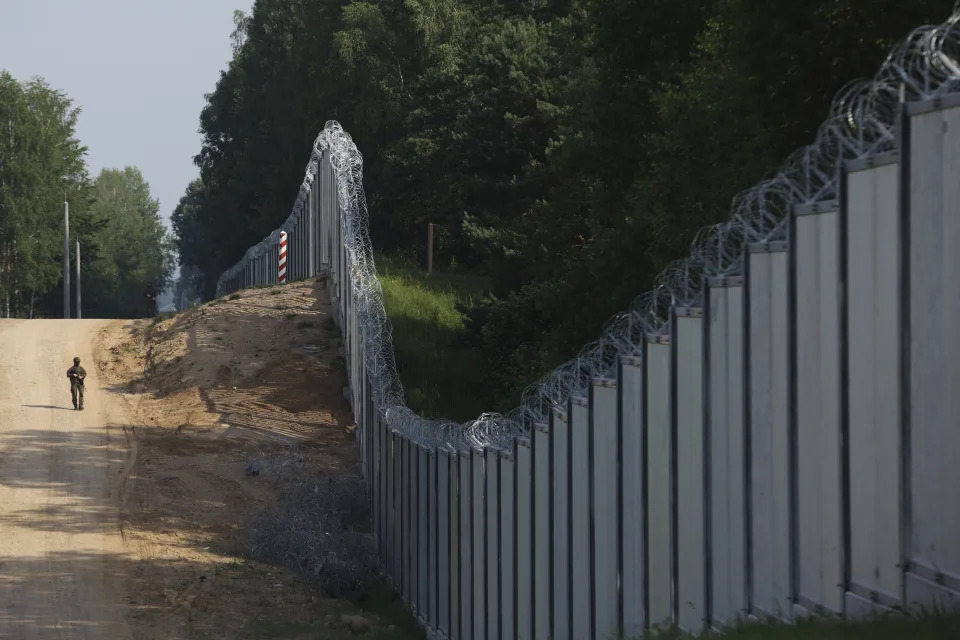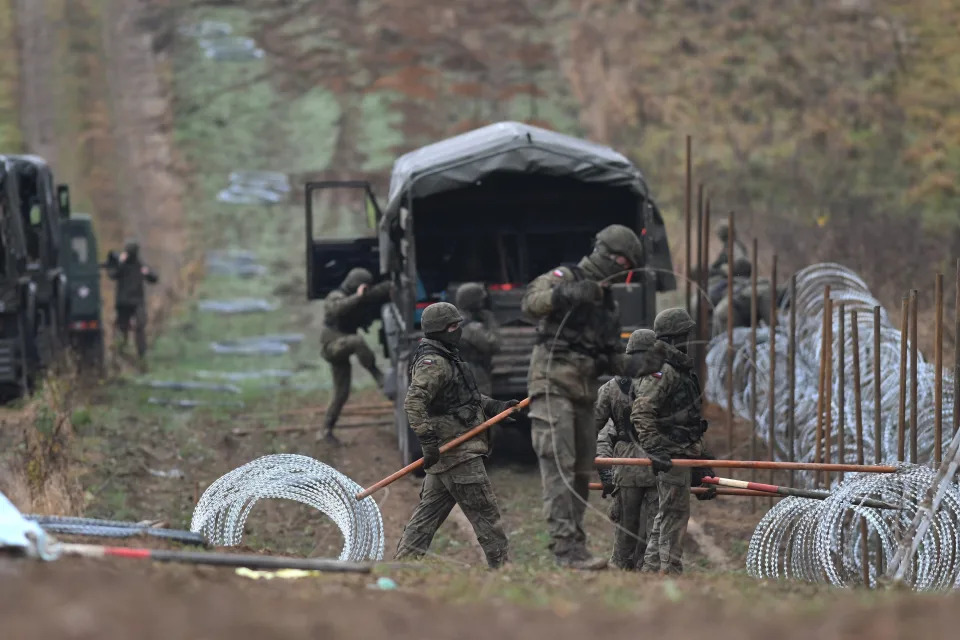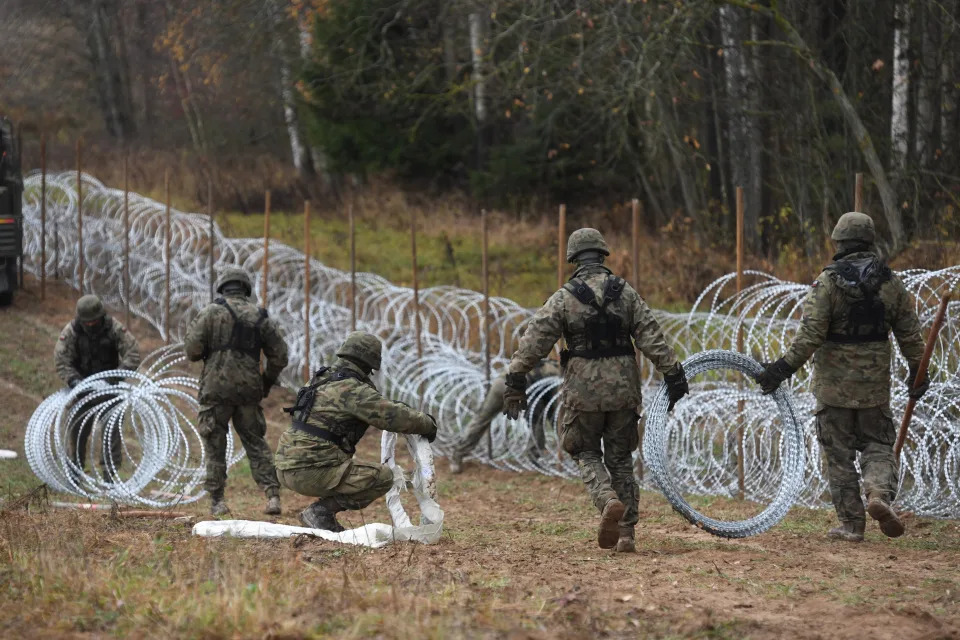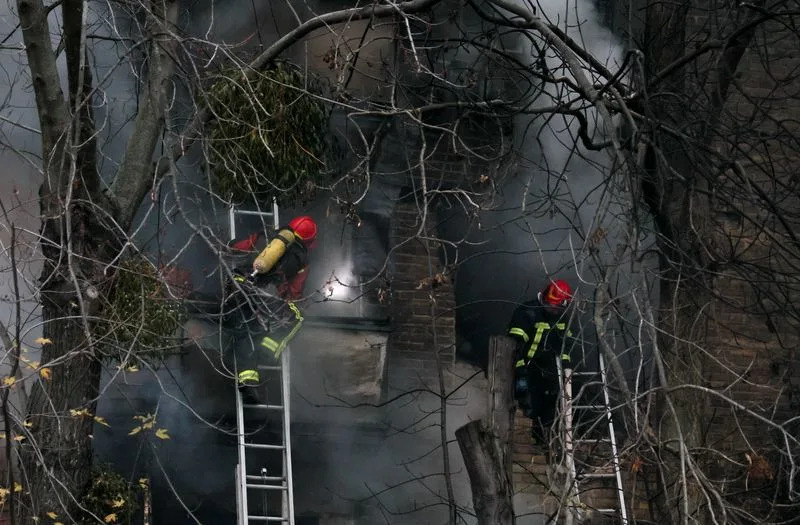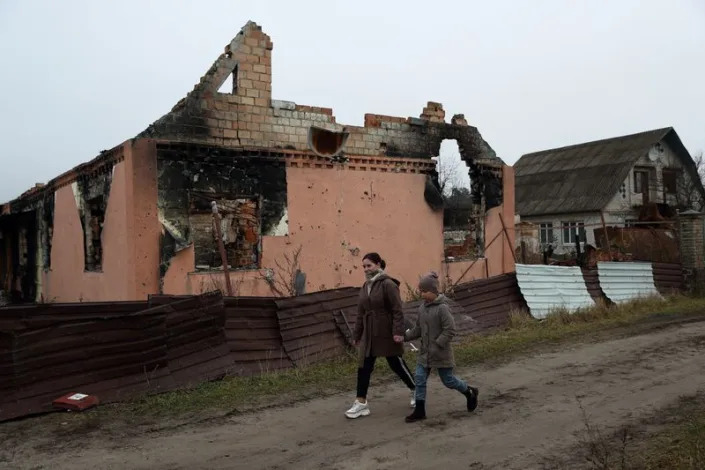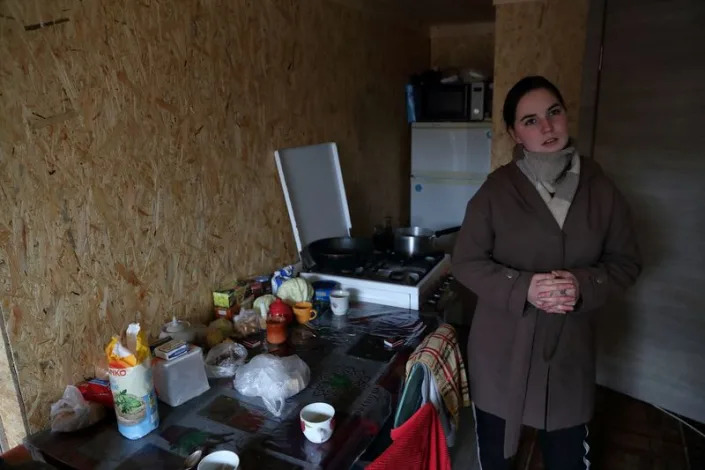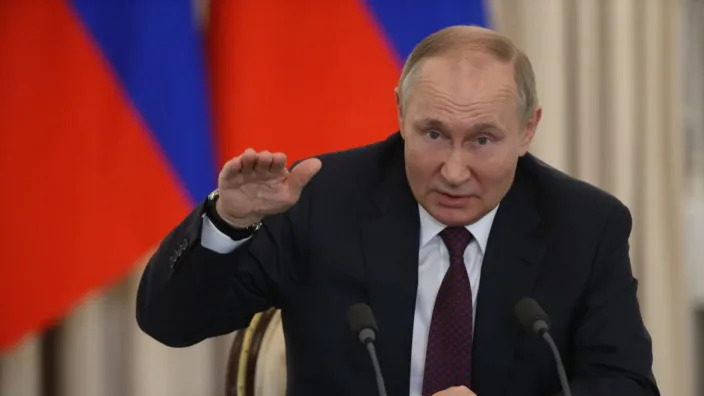The Tarbabys Blog
John Hanno – November 7, 2022
To American’s who still believe in Democracy and in the Democratic institutions that have sustained our Republic as a beacon for the world to admire and emulate, this is not the election to take a pass on.
To all the true Republicans who have been drummed out of your party or have fled the MAGA insanity, please take a stand for representative government.
To all eligible voters who are turned off by the toxic state of our political system, refusing to vote will only make that worse. Sometimes, even a small number of votes in close elections can make a critical difference.
To those who believe they’re not political or aren’t the least bit interested in our political systems, believe that every moment of your family’s existence is impacted by politics, both good and bad. And your vote could make our two party Democratic system much better, and more responsive and accountable.
Erstwhile Republican’s Rep. Liz Cheney, Rep Adam Kinzinger and others have been sounding the autocratic alarm bells even before trump and his MAGAnian conspirators commandeered the Grand Old Party and turned it into the wholly owned trump cult militia, that swarmed, assaulted, terrorized, pummeled and even killed Capitol police officers on January 6,2021, in a futile but consequential attempt to overthrow our Democratic government.
And where would we be if they had succeeded?
The hundreds of state laws republicon legislatures already authored and implemented to restrict voting rights and Democratic representative government would have already become the law of the land.
A women’s right to chose what happens to her body and reproductive rights would have been turned back to the 19th century, in all of America; with no exceptions for rape, incest or the life of the mother. Children as young as ten years old would have been forced to carry another child to birth.
The progress made by workers to improve labor’s rights and increase their diminishing wage value would have been overturned.
Progress made on fighting global warming and the remarkable improvements in alternative energy, would be pushed to the back burners of history.
trump and his republicon party sycophant’s march towards personal wealth enrichment would again be front and center of any legislation or executive orders. His gold tipped sharpie would again be busy rewarding the trump family criminal enterprises and the republicon’s most generous donors.
The separation of church and state would be but a distant memory; and they would proclaim White Christian dogma and the bible as governing principles. Many other parts of our constitution would be in jeopardy, all but the Second Amendment.
I could go on all day, pointing out the chaos created the last time trump held power, but I’ll conclude with reminding voters about the scores of criminal types in trump’s administration, who were forced to resign, were fired, went to prison, were indicted, pardoned or ended up in the right wing media.
Republican’s stated plans if they take control of congress, is to hold the government budget hostage until they get concessions on cutting, or eliminating altogether, Social Security, Medicare and Medicaid. But the safety net assault probably won’t stop there, continued support for programs like food stamps and even military and humanitarian support for Ukraine’s war with Russia are also on the MAGA chopping block.
And the extreme members of a republicon controlled House of Representatives will have as its main goal, a two year long investigation of a long list of their political opponents. Any progress the Democrats and the Biden administration have made addressing America’s critical problems over the last two years, will have to take a back seat to political witch hunts and futile attempts to overturn that progress.
And all this just so they can make permanent, the enormous tax cuts that trump and the republicon’s in congress awarded to their rich benefactors, the last time they held control. America’s colossal wealth disparity between the 1% and all the rest will again be on steroids.
For those who emphatically believe MAGA World is synonymous with freedom, believe me: “Freedom is just another word for, nothing left to lose”
If you paid close attention to the videos of Russian citizens protesting Putin’s “Special Operation” in the streets of Moscow and St. Petersburg, you couldn’t help but notice there wasn’t one single assault weapon or high capacity magazine in sight, and no hunting rifle, handgun or even a pea shooter. Why? Because it’s against putin’s laws to have those weapons in public, if at all. And what we call our First Amendment Rights to say anything that comes to mind, forget it in Putin’s Russia or trump’s America. I remember one courageous Russian women holding up a blank sign, apparently afraid to call Putin’s invasion of Ukraine a war, for fear of the consequential 15 year prison term, yet still wanting to register her displeasure. Unfortunately it didn’t succeed, within 2 or 3 minutes, 4 or 5 security troops dressed in black whisked her, and her blank protest sign, off and into a police van headed for the gulag.
It’s no secret that trump and many congressional republicons admire and support war criminal Vladimir Putin and his invasion and genocide against the Democratic people of Ukraine. They admire strongmen fascists and autocrats like putin and trump and denigrate Joe Biden as weak. Apparently raining down missiles and rockets on innocent civilians, on schools and medical facilities, on apartments, libraries, and shopping centers, killing and maiming children, women, and disabled old folks is manly, but also isn’t a bridge too far for this new MAGAnian cult, as long as the reward is omnipotent power and wealth. Mass graves are just necessary collateral damage.
For those who believe the republicon’s are better on the economy or will do a better job fixing inflation, I’ll repost this November 4th, David Rothkopf and Bernard Schwartz article from the Daily Beast.
Republicans Are Bad for the Economy. Here’s Why.
According to a wave of recent polls, the economy is the dominant issue on the minds of Americans going into next week’s elections.
A recent Pew poll concluded nearly eight in 10 voters said the economy will be “very important” to their voting decisions. Another such poll, by ABC News and Ipsos, showed that almost half of respondents cited either the economy or inflation as the issue about which they were most concerned. The poll indicated that concerns about the economy and inflation are “much more likely to drive voters towards Republicans.”
But that impulse is not only ill-considered, every bit of available evidence makes clear that the GOP is the wrong party to which to turn if you seek better U.S. economic performance in the future.
In fact, it is not close. When it comes to the economy, the GOP is the problem and not the solution. If anything, it is a greater obstacle to our economic well-being today than it has ever been.
At the same time, the economic record of President Joe Biden and the Democrats is not just consistent—in creating jobs, reducing the deficit, and enhancing our competitiveness—during the past two years their record has been one of extraordinary, often record-breaking success.
History tells a very stark tale. Ten of the last 11 recessions began under Republicans. The one that started under former President Donald Trump and the current GOP leadership was the worst since the Great Depression–and while perhaps any president presiding over a pandemic might have seen the economy suffer, Trump’s gross mismanagement of COVID-19 clearly and greatly deepened the problems the U.S. economy faced. Meanwhile, historically, Democratic administrations have overseen recoveries from those Republican lows. During the seven decades before Trump, real GDP growth averaged just over 2.5 percent under Republicans and a little more than 4.3 percent under Democrats.
Republicans have also historically presided over huge expansions in the U.S. deficit, while Democrats (since Bill Clinton’s administration) have overseen dramatic deficit reduction. Ronald Reagan more than doubled the deficit from $70 billion to more than $175 billion. George H.W. Bush nearly doubled that to $290 billion. Clinton ended his administration with a $128.2 billion surplus.
George W. Bush inherited that… and left office with a record deficit of more than $1.4 trillion. Obama reduced that by very nearly $1 trillion. Each of Donald Trump’s last two years in office saw federal budgets with deficits of over $3 trillion. In fact, in total, the national debt rose almost $8 trillion during Trump’s time in office. According to ProPublica, it was the third biggest such increase in U.S. history—after George W. Bush and Abraham Lincoln during the Civil War years.
What about job creation?
The U.S. lost jobs under Trump and created relatively few under George W. Bush. Of the 14 presidents since World War II, seven were Democrats and seven were Republican. Of the seven with the highest job creation rates, six were Democrats. Of the seven with the lowest job creation rates, six were Republicans.
There’s No Democrat Equivalent to GOP Election Deniers’ Scumbaggery
What about now? Biden and the current Democratic Congress have created more jobs than the past three Republican administrations combined.
The job creation rate in 2021 was the most ever in a single year. GDP growth in 2021 was the highest since 1984. This year, the unemployment rate fell to 3.5 percent, its lowest level in 50 years. As part of that, we are seeing record low unemployment for Blacks and Latinos.
Ok, you might say, but what about inflation?
Rising prices are a real problem for many Americans. But the origins of inflation have very little to do with the Biden administration or the Congress. Inflation is a global problem that is related, according to economists, primarily to supply chain problems associated with COVID, Vladimir Putin’s escalation of the war in Ukraine, and corporate profiteering.
Dems Do Big F*cking Deals, the GOP Does Fake Big Dick Energy
What makes the Republican focus on this issue so shockingly hypocritical is that Trump’s mismanagement of the COVID crisis, his support for Putin, and Republicans’ protection of Big Oil (and big businesses) actually helped create the conditions that have driven prices up. Further, Republicans unanimously opposed every single measure by the Biden administration to reduce prices and help those hit by inflation—including the landmark Inflation Reduction Act’s efforts to lower drug costs and to help those hardest hit.
Meanwhile, the U.S. just reported stronger than expected growth in the last quarter and the price of gasoline, an oft-cited sign of inflation, has been falling for months.
At the same time, a substantial majority within the GOP have sought to block virtually every single new economic measure proposed or passed by Biden and the Democratic Congress. That includes the America Recovery Act that lifted millions out of poverty and drove job creation, the Chips and Science Act to enhance competitiveness, and even the so-called “Bipartisan Infrastructure Bill” which garnered the support of fewer than half of the GOP caucus in the Senate.
You might assume that if the GOP opposed these initiatives but were critical of what Biden was doing, that they had alternative plans that they have presented to the American people. But, you would be wrong. In fact, Senate Minority Leader Mitch McConnell has bragged that he would not even discuss his agenda until after the election. They have no inflation plan. And the plans they’ve said they admire—like that of the United Kingdom’s prime minister-for-a-second Liz Truss—have been a catastrophe.
The last time the Republicans were in charge, during the Trump years, they passed precisely one significant piece of economic legislation, a tax cut that benefited the very rich at the expense of everyone else and, as we have established, helped explode the federal budget deficit.
Putin’s Last Hope to Win in Ukraine Is a GOP Victory in November
Republicans are just plain bad at managing the economy. They have been for as long as anyone who is alive can remember. And they continue to be—although they are achieving previously unattained new levels of cynicism and obstructionism that make the current crowd of Republicans look even worse than their very unsuccessful predecessors.
History and data make it clear that Democrats are good for the economy—while Republicans, especially the current Republicans in Congress, are not.
Up next for the Republicans are plans to cut Medicare and social security, plans to increase costs for average Americans on a wide variety of fronts, and they’re even contemplating reducing support for Ukraine—at a critical moment in its war to defend its democracy and stop the Russian aggression that threatens not only them, but the West.
Republicans have done a great job fooling voters into thinking that their simplistic economic philosophies of tax cuts and minimal regulation are “good for business.” But facts, history, and logic show otherwise.
David Rothkopf and Bernard Schwartz conclude their case with: If you care about the economy, want to fight inflation, want to create jobs, want a better life for your family, want to preserve democracy, and want to defend your fundamental rights, then you should vote for the Democrats.
—–
John Hanno: And if you’re still inclined to reverse the remarkable progress made by the Biden administration and the Democrat’s thin margin in congress over the last 2 years, and also willing to turn over your children’s and grandchildren’s future to these wannabe Putin like autocrats, think about this latest bit of news:
The world’s richest person and Twitter’s new owner, Elon Musk, implored his more than 110 million followers on Monday to support Republicans in Tuesday’s U.S. midterm elections, saying that Republican control of Congress would act as a balance against Democrats and the Biden administration. Could it be because of the Biden administration and Democrats proposals to tax billionaires and give more tax incentives to union-made electric vehicles. Musk’s Tesla does not have any unions at its U.S. factories. Apparently the world’s richest person doesn’t have enough billions of dollars to pay income taxes, pay prevailing union wages or to live comfortably. That should tell you exactly where this MAGA cult is headed.
Democracy and the big lie are on the ballot today. trump has endorsed those more than 250 election deniers running to thwart one person one vote, free and fair elections. Overwhelm these Democracy deniers with a monumental blue wave.
Like I said, vote November 8th like your and your families lives depends on it, because it surely does.
John Hanno, The Tarbabys Blog


